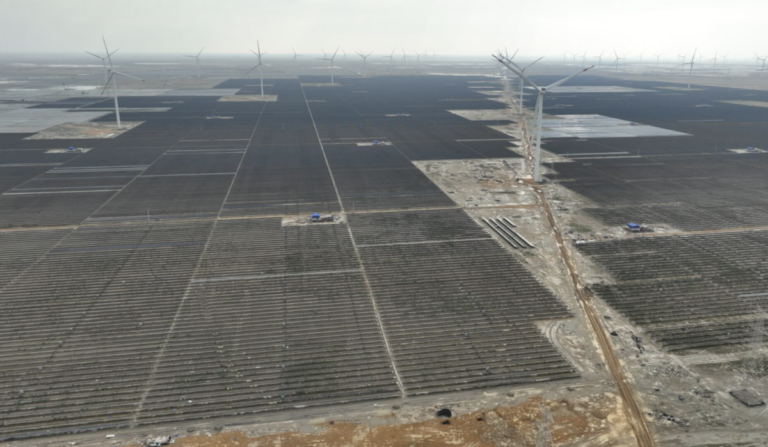India has surpassed 100 GW cumulative installed solar capacity, which marks an important step towards its objective of 500 GW of non-fossil fuel-based energy by 2030.
The total solar capacity of the nation was 100.33 GW on January 31, 2025, with 84.10 GW under implementation and an extra 47.49 GW under tendering. Hybrid and 24-hour (RTC) Renewable energy projects also demand rapidly, with 64.67 GW under implementation and tendering, so that the total of solar and hybrid projects is brought to 296.59 GW.
“Under the leadership of Prime Minister Narendra Modi, the energy trip of India has been historical and inspiring for the past ten years. Initiatives such as solar panels, solar parks and solar projects on the roof have brought revolutionary changes; Said Union Minister of New and Renewable Energie Pralhad Joshi. “As a result, India has successfully reached the 100 GW target. In the field of green energy, India not only becomes self -reliant, but also shows the world a new path. “
The minister added that the Prime Minister Suryaghar Muft Bijli Yojana initiative makes a domestic reality for residential solar energy PV. The Indian sun sector has experienced an increase of 3,450% over the past decade in the past decade, growing from 2.82 GW in 2014 to 100 GW in 2025.
Solar accounts for 47% of the total renewable energy capacity of India. In 2024 the country added a record of 24.5 GW of solar capacity, more than double the total of 2023. Utility-Scale Zonne-Zonne energy saw an important boost, with 18.5 GW installed in 2024, almost 2, 8 times the figure of the previous year. Rajasthan, Gujarat, Tamil Nadu, Maharashtra and Madhya Pradesh were at the forefront, which contributed considerably to the total solar capacity of the country on utility scale.
India has also made great progress in the production of solar energy. In 2014, the production capacity of the solar module was only 2 GW, but it rose to 60 GW towards the end of 2024. With continuous policy support, the country is on schedule to reach 100 GW of the production capacity of module by 2030.


